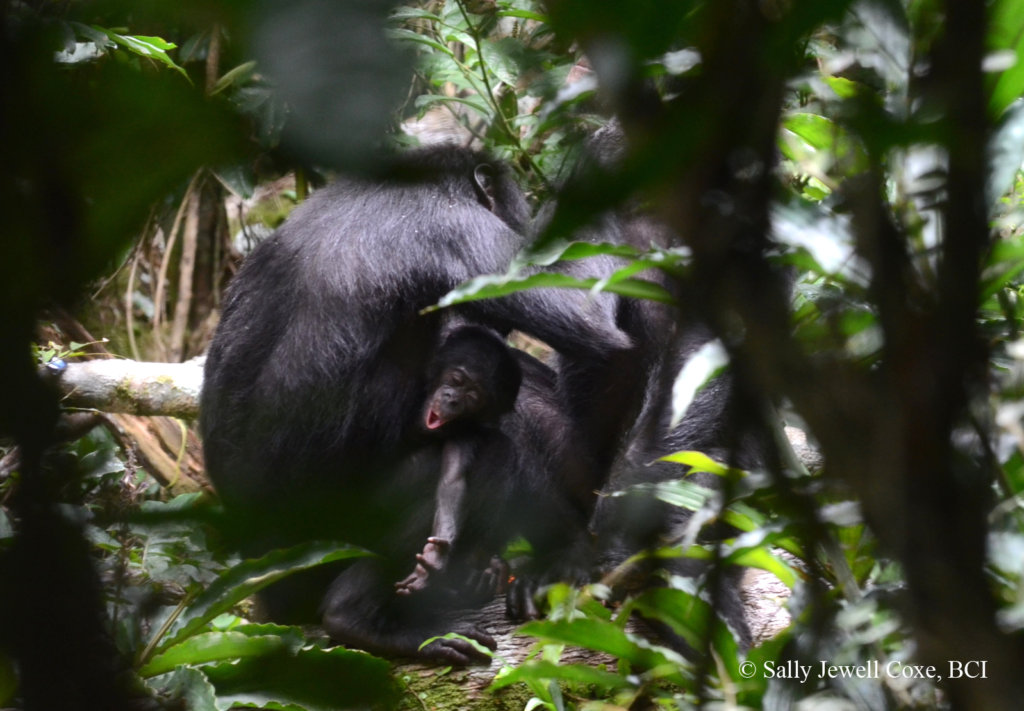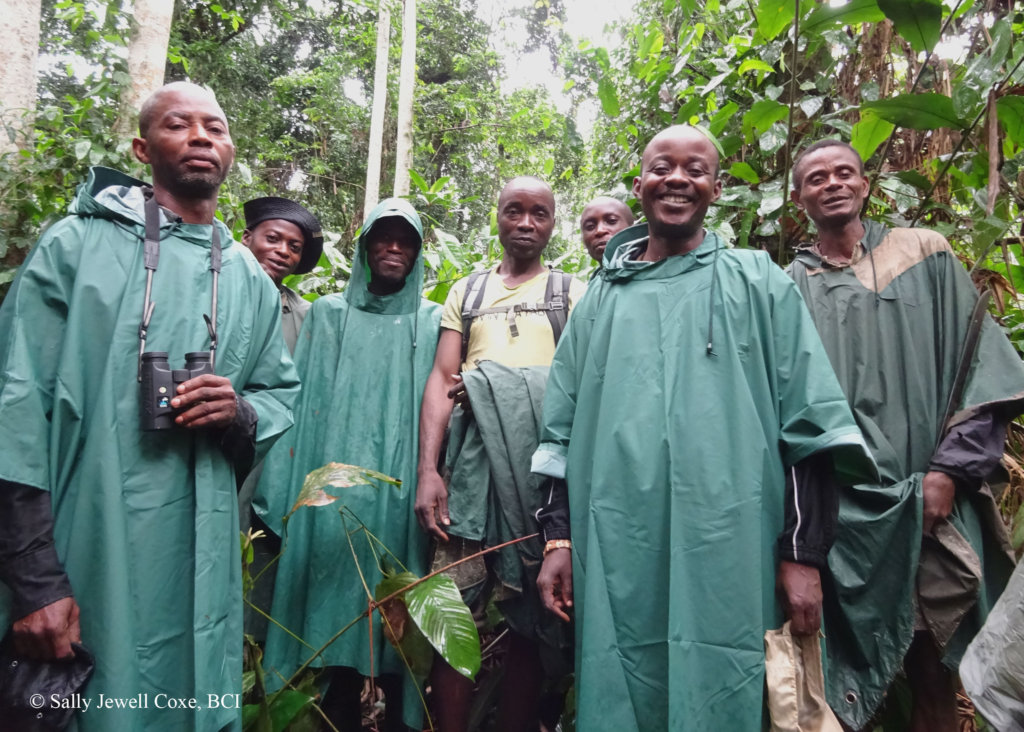By Jennifer Moustgaard | Program Coordinator
The results of a recent study of wild bonobos indicate that they use sounds to communicate in a way previously only thought to occur in humans. Zanna Clay and her research team recorded bonobos and their signature “peeps” across a range of behaviors (feeding, grooming, greeting, alarm responses, and many others). Analysis of the acoustical structure of the peeps showed that the same sounds were made in a variety of contexts. This phenomenon—known as functional flexibility—is not unlike the babbling sounds that human babies make before they learn language. It also differs from other primates who use specific calls in specific situations. This discovery, Clay proposes, provides insight into the evolution of human speech.
Communication is the cornerstone of BCI’s work with our Congolese partners. We take the time to talk with and listen to the people whose lives and livelihoods are impacted by our programs. In true partnership, we work together to develop solutions to both protect bonobos and to benefit the communities who are on the frontline of conservation efforts.
This approach recently paid off at the Lilungu site, where we are in the process of helping our indigenous partners to legally protect their forest. News of the success of our programs has spread by word of mouth—and now, neighboring communities have requested to join in. This will double the area of the bonobo habitat protected to nearly 5,500 square km!
But, we need your help to achieve these goals. Your donation supports vital, on the ground efforts to protect bonobos every day—and to secure their rainforest home for future generations.
Thank you for standing with us and please help to spread the word by sharing this update!
Links:
Project reports on GlobalGiving are posted directly to globalgiving.org by Project Leaders as they are completed, generally every 3-4 months. To protect the integrity of these documents, GlobalGiving does not alter them; therefore you may find some language or formatting issues.
If you donate to this project or have donated to this project, you can receive an email when this project posts a report. You can also subscribe for reports without donating.
Support this important cause by creating a personalized fundraising page.
Start a Fundraiser
